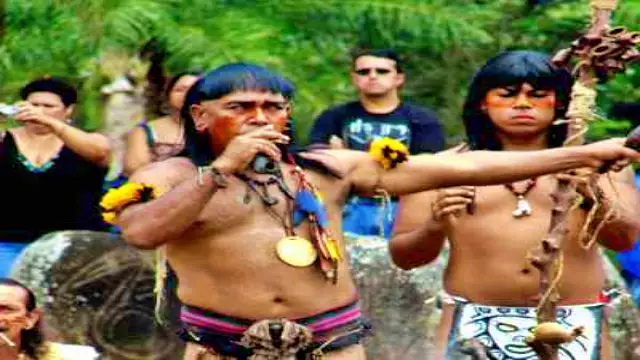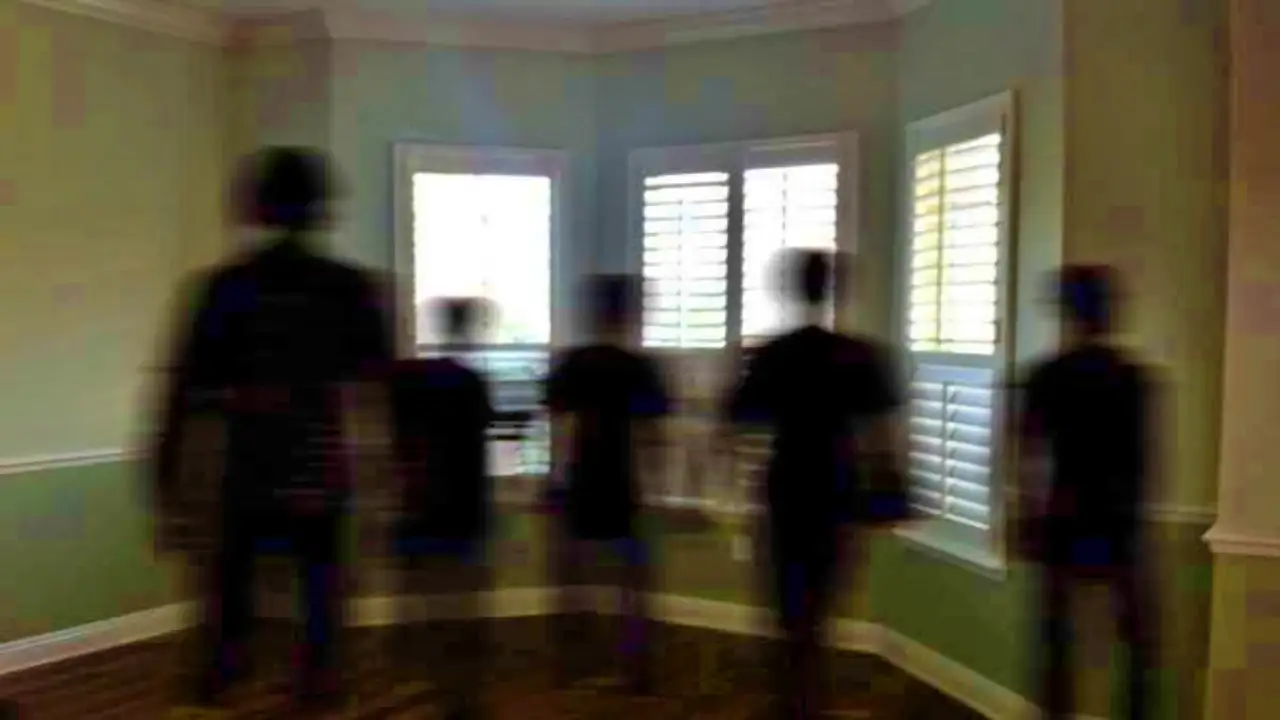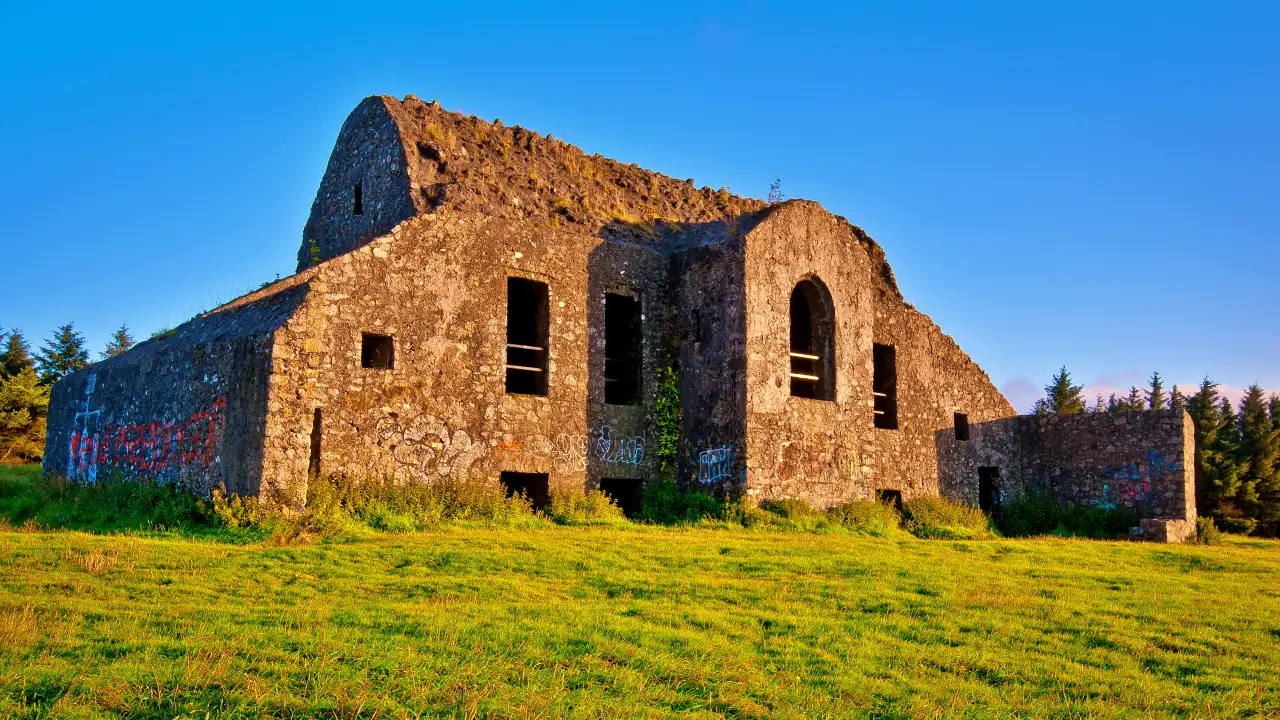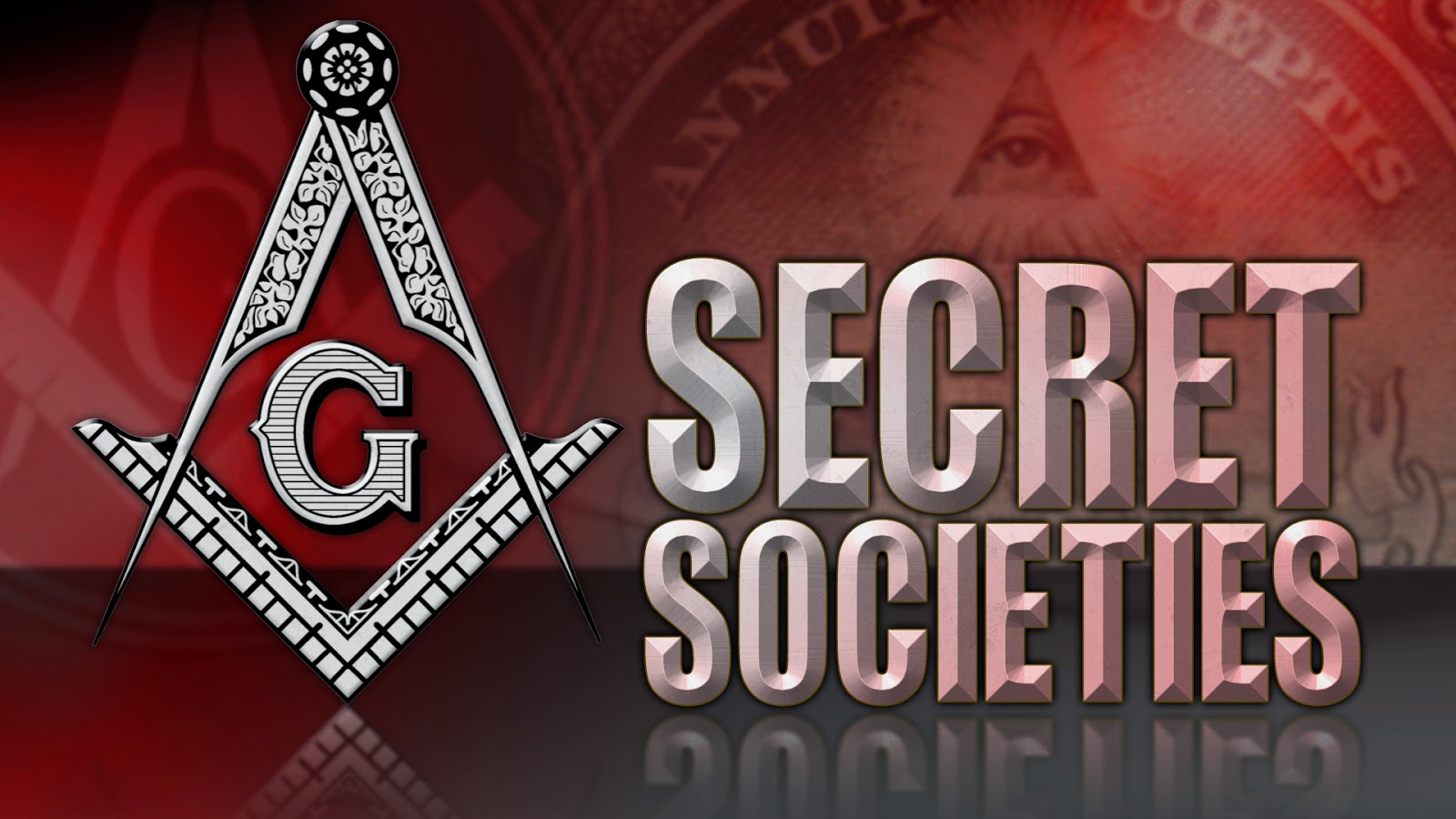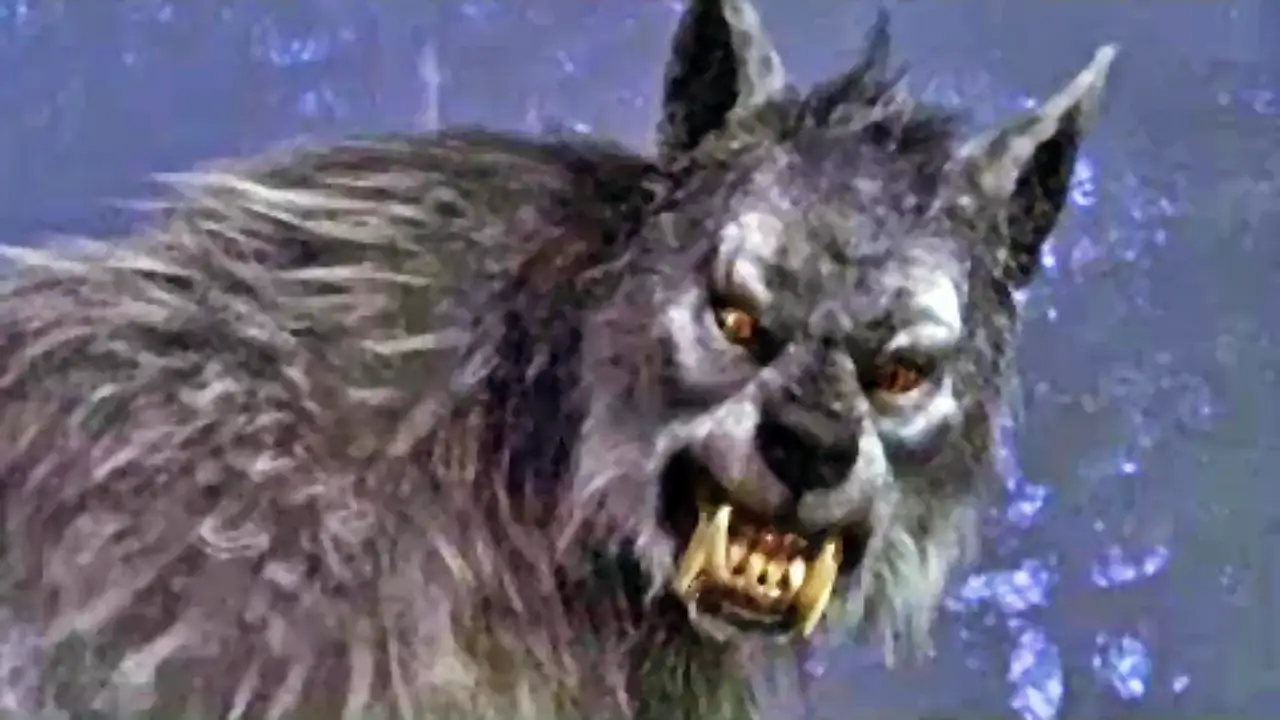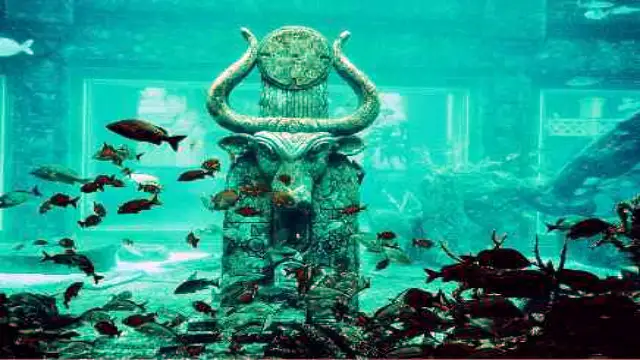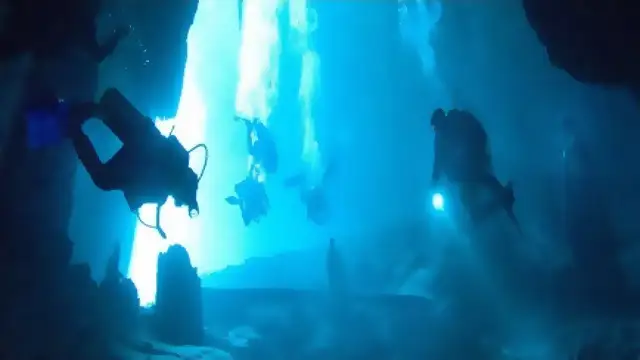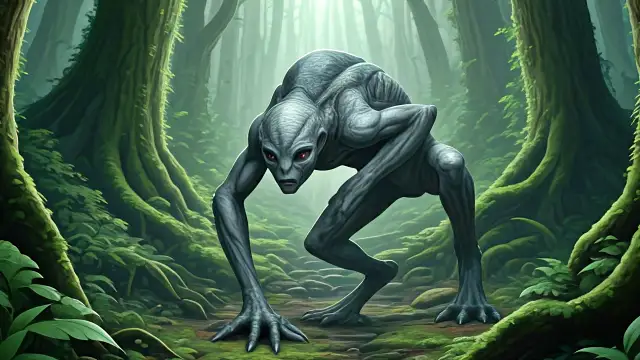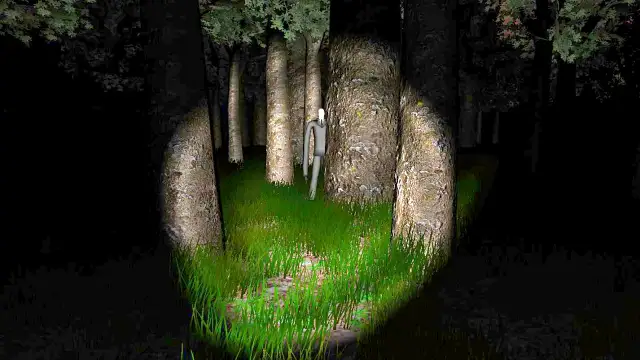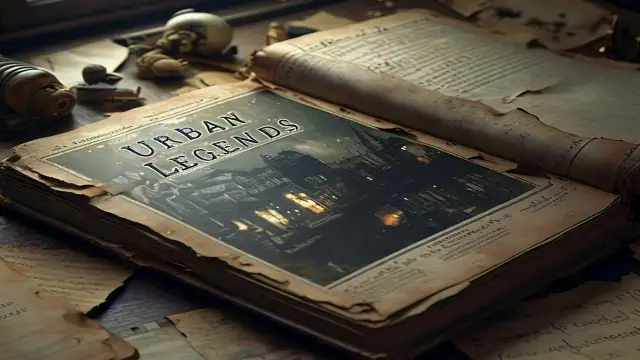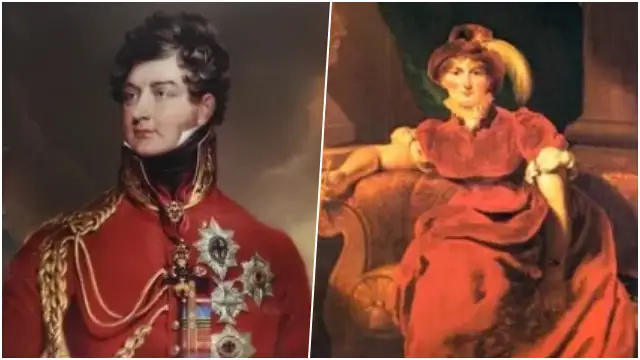nn
n
n I will tell you about Lt Col A D Wintle MC onnanother occasion, but just for now I want to mention how, in his remarkablenautobiography, The Last Englishman, he recalls how, as a ten year old,nhe was entered for Le Certificat d’Etudes Primaires (although English,nhe received his primary education in France), and that he achieved annunprecedented score of 99%, an astonishing feat for an English boy, of allnthings, to accomplish. Flushed with pride, young Alfred Wintle told his father of hisnremarkable triumph, only to be brought firmly back to earth when Father barked,
n
n
n
n“I expect you were playing the fool or you would have got one hundred perncent.”n
n
n
n
n
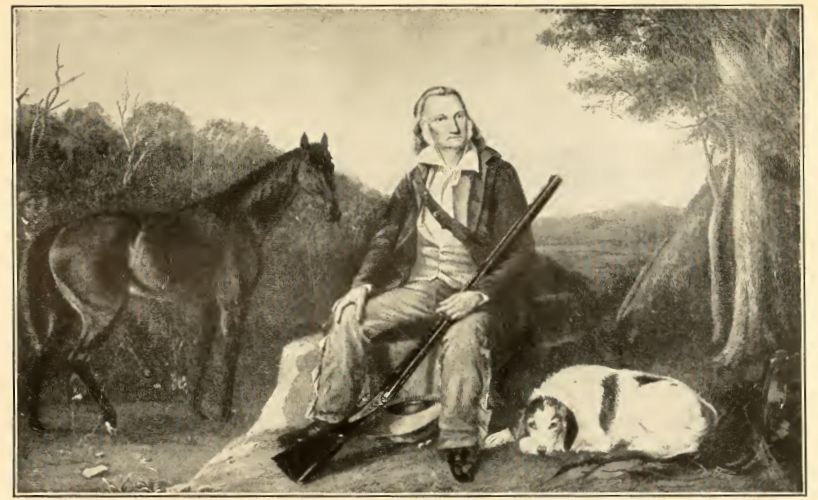 |
| J J Audubon – by his son J W Audubon |
n
n
n
nWhich, if it proves anything, just goes to show that, no matter whatnyou do, in someone else’s eyes, you’ll never quite manage to cut the mustard.
n
n
n
nSo, let it be with Audubon. On the afternoon of February 24th 1827,nhe read an original paper, entitled ‘Notes on the Rattlesnake’* to thenWernerian Society of Natural History of Edinburgh.
n
n
n
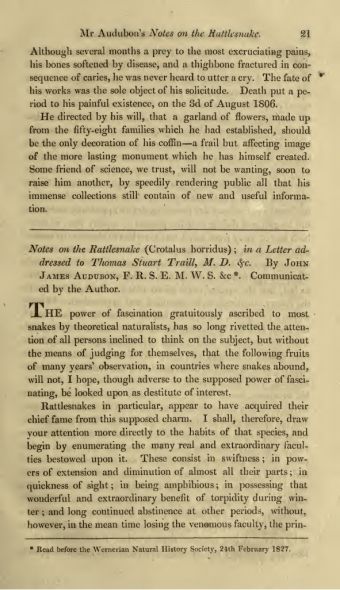 |
| J J Audubon – Notes on the Rattlesnake – Edinburgh New Philosophical Journal – 1827 |
n
n
n
nThere was a wide-spreadnbelief at the time that certain creatures, in particular venomous snakes, hadnan almost supernatural power of ‘fascination’ that allowed themnmesmerise their prey, rendering it immobile. Audubon sought to disprove thisnidea of the ‘theoretical naturalists’ by empirical proof gained fromnobservation of snakes in the field. His contention was that the real power ofnsnakes lay in their speed, their abilities to expand and contract their bodies,nsharp-sightedness, in being amphibious, and their torpidity in winter and prolongednabstinence during other periods whilst retaining their venomous facility.
n
n
n
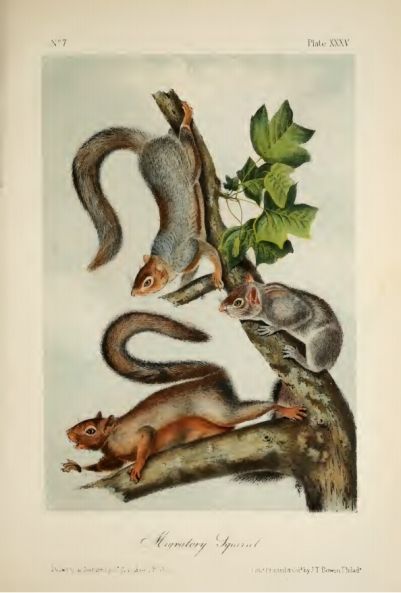 |
| Grey Squirrel – from Viviparous Quadrupeds of North America |
n
n
n
nHentold the Society how he had observed rattlesnakes hunting grey squirrels,nchasing them with remarkable speed in the branches of trees and upon opennground, and how he has watched a rattlesnake kill a squirrel and swallow itnwhole, tail first, how he had killed that snake and opened its body, to findnthe squirrel
n
n
n
n“… lying perfectly smooth, even as to its hair, from its nosento the tip of its tail.”n
n
n
nLikewise, he related how he had seen, at firstnhand, a snake emerge from a river and begin to sun itself on a rock. Noticing anbulge in its middle, he shot the snake, opened its belly and found a catfish sonfresh that, when dressed, he ate it for his own supper. Similarly, he had watchednsnakes hunting bull-frogs, chasing them underwater and bring them out of thenwater in their mouths, to devour them on land.
n
n
n
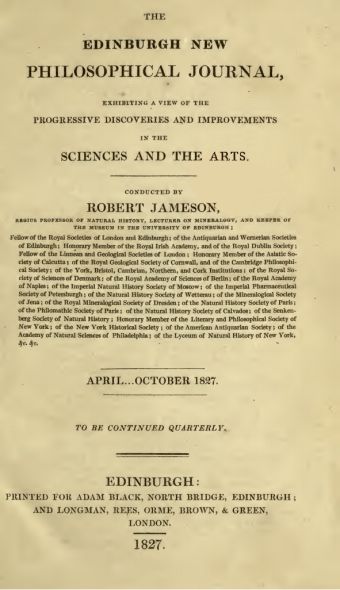 |
| The Edinburgh New Philosophical Journal – 1827 |
n
n
n
nOnce, when out duck-hunting, hisnson had discovered a large rattlesnake lying torpid beneath a log, which theynplaced in a cloth bag and took to their camp. When the bag had been placednclose to the campfire, the warmth roused the snake, which became very activenand rose in defence, threatening as if to strike. When removed from the heatnsource, this snake had again become torpid, and he told how they had taken itnhome, and had watched it become active or torpid depending on its proximity tonwarmth.
n
n
n
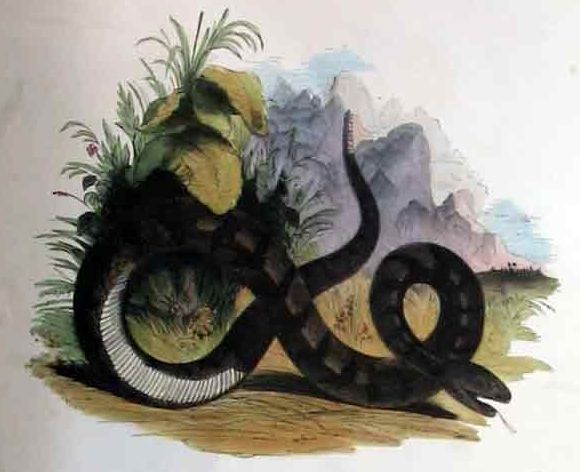 |
| Rattlesnake |
n
n
n
nAnother captive snake had refused to feed for three years, and had notngrown the least fraction of an inch during that time. He concluded his talk byndescribing a nest of rattlesnakes, comprising over thirty individuals, seennduring the mating season, all of them ‘glistening with cleanliness’ andnhissing, threatening to strike at anyone or anything that approached them.nAudubon finished the meeting, handed his manuscript to Professor Jameson, andnleft to the cheers and applause of the Society.
n
n
n
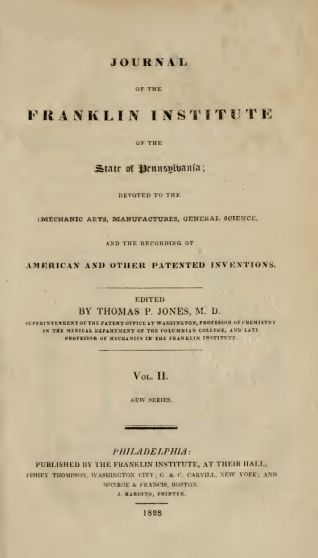 |
| Journal of the Franklin Institute – 1828 |
n
n
n
nA few months later, ProfessornJameson published Audubon’s paper in The Edinburgh New Philosophical Journal,nand in due time the article was reprinted in the Journal of the FranklinnInstitute of Philadelphia, Pennsylvania. In the next edition, Dr Thomas PnJones, editor of the Journal, wrote an editorial piece condemningnAudubon’s article as ‘a tissue of falsehoods’ that had been included innhaste, without proper scrutiny, and that Jones had since received ancommunication from a ‘scientific friend’ that he usefully printed.
n
n
n
n“Itnis a tissue of the grossest falsehoods ever attempted to be palmed upon thencredulity of mankind, and it is a pity that anything like countenance should bengiven to it, by republishing it in a respectable journal. The romances ofnAudibon [sic] rival those of Munchausen, Mandeville, or even Mendez denPinto, in the total want of truth, however short they may fall of them in thenamusement they afford.”n
n
n
n
n
 |
| The Romance of the Rattlesnake – from Journal of the Franklin Institute – 1828 |
n
n
n
nAudubon, who was still in England at the time, wasninformed of these attacks on his scientific credibility by his friend, ThomasnSully, and in a reply to Sully, Audubon wrote,
n
n
n
n“I feel assured that the pennthat traced them must have been dipped in venom more noxious than that whichnflows from the jaws of the rattlesnake!”n
n
n
n
n
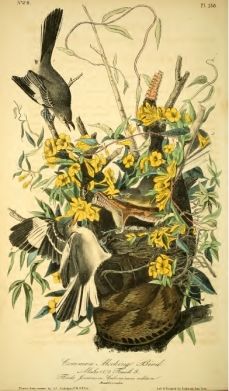 |
| J J Audubon – Mockingbirds attacked by a Rattlesnake – from The Birds of America |
n
n
n
nAt the same time as all this wasnunfolding, Audubon also published his plate of Mockingbirds defending theirnnest from the depredations of a Rattlesnake, which added fuel to the fires ofnhis detractors. Everyone knows that rattlesnakes did not and could not climbntrees, they scoffed, so what was this hick from the sticks thinking of?
n
n
n
 |
| Detail of the above |
n
n
n
nDefendersnof Audubon wrote letters in his defence, citing personal experiences ofnobserving rattlesnakes in trees, bushes, shrubs and atop fences. Ironically, asnAudubon returned to America, the attacks crossed the Atlantic in the oppositendirection, his most vociferous critic being the English naturalist, CharlesnWaterton, who lashed out at the Birds of America and the OrnithologicalnBiographies in the Magazine of Natural History in a series ofnletters that began in 1833.
nnn
n
n
n
 |
| J J Audubon – Notes on the Rattlesnake – in Journal of the Franklin Institute – 1828 |
n
n
nnn
n
nTomorrow – What was going on with these attacks onnAudubon?
nnn
n
n
nnn
n
n* – Remember, the British warship that attacked the Polly, the vessel on which Audubon was returning to America was called The Rattlesnake. Was this an omen? Or just a coincidence?


